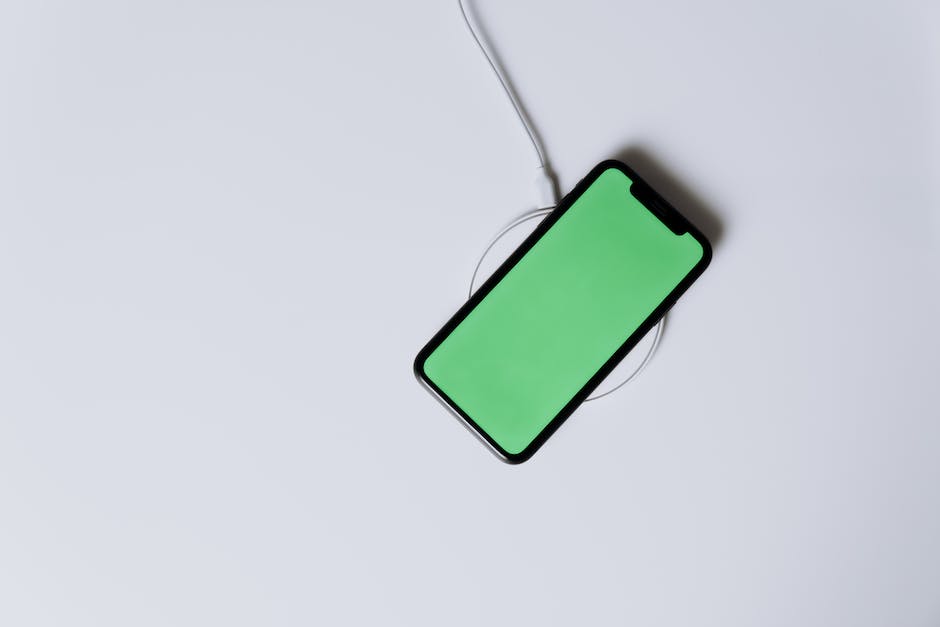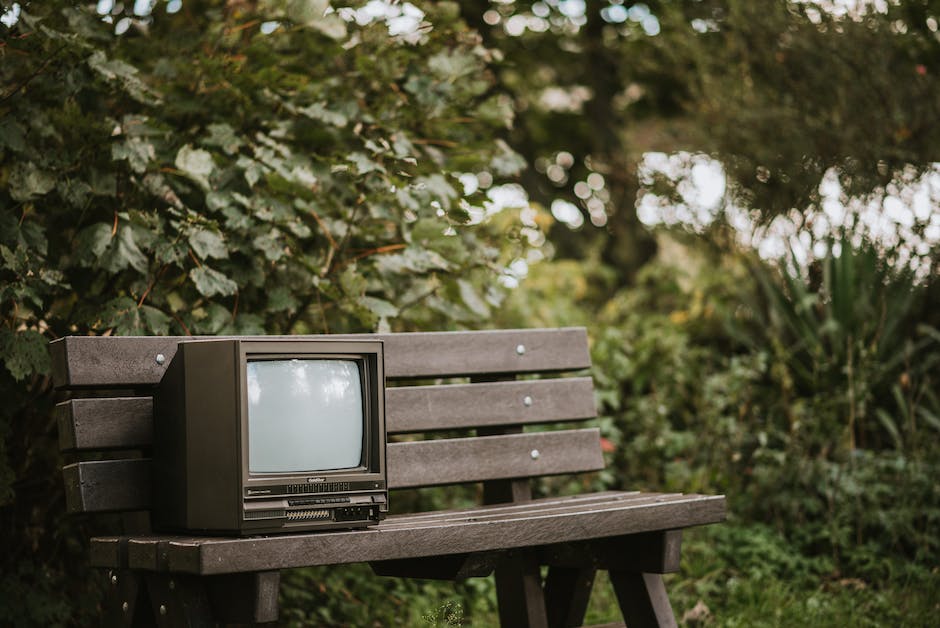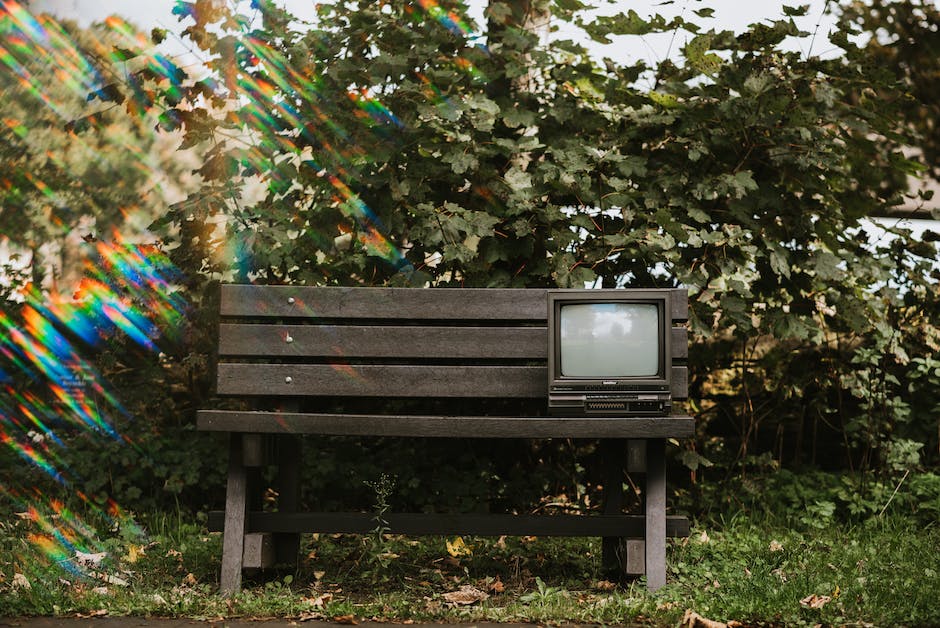The SCROG technique, also known as the Screen of Green, is a highly effective method of maximizing cannabis yields by training plants to grow horizontally rather than vertically. This technique involves strategically placing a screen over the canopy of the plants, allowing for better light distribution, increased bud production, and improved overall plant health.
As cannabis cultivation becomes increasingly popular and regulated, it is essential for growers to employ techniques that optimize productivity without compromising quality. The SCROG technique checks all the boxes by focusing on creating an even, well-supported canopy that encourages plants to grow uniformly and efficiently.
By using a screen to guide the growth of the plants, the SCROG technique not only promotes consistent light exposure but also helps manage the height of the plants. This becomes especially crucial in indoor grow spaces with limited vertical clearance or in areas with strict height regulations.
The main goal of the SCROG technique is to create a dense, bushy canopy that allows for maximum light penetration to the lower branches. This results in a higher number of potential bud sites and ensures an even distribution of nutrients throughout the plant.
Moreover, the SCROG technique facilitates better air circulation, reducing the risk of mold and disease – common challenges in cannabis cultivation. By training the plants to grow horizontally, the leaves and branches receive adequate airflow, keeping the environment clean and healthy.
In addition to its practical advantages, the SCROG technique also offers an aesthetic appeal. The organized, well-controlled growth pattern achieved through this method aligns with the professional image that most businesses aim to portray. It showcases a level of expertise and attention to detail that both seasoned cannabis growers and newcomers can appreciate.
In the upcoming sections of this visual guide to the SCROG technique, we will delve deeper into the step-by-step process of implementing this method. From selecting the right screen material to understanding the optimal plant spacing, we will provide you with all the necessary information to successfully incorporate the SCROG technique into your cannabis cultivation practices.
Stay tuned as we demystify the SCROG technique, unraveling its benefits, potential challenges, and offering useful tips and tricks along the way. Whether you are a small-scale home grower or a commercial cultivator, this visual guide will equip you with the knowledge needed to unlock the full potential of your cannabis plants using the Screen of Green technique.
Explaining the concept behind the Screen of Green (SCROG)

The Screen of Green (SCROG) technique is a highly effective method used by experienced cannabis cultivators to maximize yields and optimize plant growth. By utilizing a mesh screen, the SCROG technique encourages horizontal growth of cannabis plants, enabling each bud site to receive ample light and space to flourish. This technique not only improves canopy management but also ensures a more even distribution of light to all flowering sites.
The fundamental concept behind SCROG is to manipulate the plant’s growth pattern and create an even, flat canopy. This is achieved by training the plants to grow through the mesh screen horizontally, as opposed to allowing them to grow vertically. By doing so, the plants not only receive more light but also develop multiple bud sites along the branches, resulting in larger overall yields.
One of the key benefits of employing the SCROG technique is the ability to utilize artificial lighting more efficiently. With the plants spread out in a horizontal manner, every bud site can receive optimal lighting, allowing for better light penetration and reducing the chances of shading or overcrowding.
Moreover, SCROG also aids in enhancing airflow and reducing the risk of mold or fungal growth. The open canopy created by the technique allows for better air circulation, ensuring that each part of the plant receives adequate ventilation. This, in turn, minimizes the risk of moisture buildup and disease development, leading to healthier plants overall.
Implementing the SCROG technique requires careful planning and execution. It typically involves securing a sturdy mesh screen above the plants and then gently weaving the branches through the gaps of the screen as they grow. As the branches extend, they are trained to grow horizontally along the screen, creating an even canopy of buds.
When it comes to choosing the right screen, it is crucial to opt for a durable and flexible material that can withstand the weight of the buds without breaking. Additionally, selecting a screen with the appropriate gap size is essential to ensure the plants intertwine within the mesh.
While the SCROG technique may require additional time and effort during the vegetative stage to train the plants properly, the benefits it offers in terms of increased yields, improved lighting efficiency, and enhanced airflow make it a worthwhile investment for experienced cultivators.
In conclusion, the SCROG technique revolutionizes cannabis cultivation by optimizing plant growth through horizontal training and creating an even canopy of buds. By implementing this technique, cultivators can maximize yields, improve light distribution, enhance airflow, and ultimately achieve high-quality harvests.
Step-by-step guide on how to set up a SCROG screen for a cannabis plant (include materials and tools needed)

Step-by-Step Guide on How to Set Up a SCROG Screen for a Cannabis Plant
Setting up a SCROG (Screen of Green) screen for your cannabis plants can greatly improve their yield and overall health. This technique involves training the plants to grow horizontally, maximizing light exposure and promoting better bud development. Here is a step-by-step guide on how to set up a SCROG screen, along with the materials and tools you will need:
1. Gather the Materials and Tools:
– A sturdy frame or trellis: This will serve as the support structure for the SCROG screen. Choose a material that is strong enough to hold the weight of your plants.
– Netting or mesh screen: Look for a material with small enough holes to support the weight of the buds. Typical mesh size ranges from 2×2 inches to 4×4 inches.
– Zip ties or plant ties: These will be used to secure the netting or mesh to the frame.
– Scissors or pruning shears: You’ll need these to trim the plant’s foliage as it grows through the screen.
– Measuring tape or ruler: This will help you evenly position the SCROG screen.
2. Set Up the Frame:
– Choose a suitable location for your cannabis plants. Ensure there is enough space for the plants to grow and for you to access them easily during the cultivation process.
– Assemble the frame or trellis according to the manufacturer’s instructions. Make sure it is sturdy and securely placed in the ground or a container.
– If using a homemade screen, construct the frame using wooden or metal stakes firmly planted in the ground.
3. Attach the Netting or Mesh:
– Start by unrolling the netting or mesh screen and spreading it across the frame. Ensure that it covers the entire surface area without any gaps.
– Use zip ties or plant ties to secure the netting to the frame at regular intervals. Make sure the ties are tight enough to provide proper support but not so tight as to damage the plant or restrict its growth.
4. Position the SCROG Screen:
– Measure the desired height at which you want the SCROG screen to be positioned. This is typically around 12-24 inches above the base of the plants.
– Adjust the netting to the desired height, ensuring it is evenly positioned across the canopy.
5. Train the Plants:
– Start by gently tucking the branches and foliage of each plant through the holes in the netting. Guide them to grow horizontally, spreading them out evenly across the screen.
– As the plants continue to grow, regularly trim any foliage that grows below the SCROG screen. This will redirect the plant’s energy towards bud development and optimize light distribution.
By following these step-by-step instructions, you can successfully set up a SCROG screen for your cannabis plants. This technique not only enhances the overall health and yield of your crop but also allows for easier management and better light penetration. Give it a try and witness the benefits of the SCROG technique in action.
Choosing the right strain for SCROG and its impact on plant growth

When it comes to implementing the SCROG (Screen of Green) technique, selecting the appropriate strain plays a critical role in achieving optimal plant growth and maximizing yields. Each strain possesses its unique characteristics, growth patterns, and requirements, making it crucial to choose strains that are particularly well-suited for the SCROG method.
1. Indica vs. Sativa:
Consider the basic differences between indica and sativa strains before deciding which one to use for your SCROG setup. Indica strains are generally shorter and bushier, while sativas tend to be taller and exhibit more elongated growth patterns. Indica varieties with shorter internodal spacing are often preferred because they naturally have more lateral branching, making them easier to manipulate and train within a SCROG net.
2. Height and Stretch:
Pay attention to the height potential and the stretching tendencies of different strains. Opt for strains that have a shorter height potential and minimal stretch during the flowering phase. Choosing low-stretching strains helps maintain an even canopy level, facilitating better light penetration and distribution across the entire SCROG screen. This ensures a more efficient and uniform growth.
3. Branching and Structure:
Strains with strong lateral branching and robust structure are ideal for SCROG techniques. Look for strains that naturally produce numerous side branches, allowing for better canopy development when trained horizontally under the screen. Such strains enable more bud sites to receive an appropriate amount of light, ultimately enhancing yields during the flowering stage.
4. Training Adaptability:
Consider the strain’s adaptability to training techniques. Some strains respond well to high-stress training methods like pruning, topping, or fimming, while others may exhibit better responses to low-stress training methods such as bending and tying. Flexible strains that respond favorably to various training techniques provide more options and possibilities to shape and manipulate the plant as it grows within the SCROG framework.
5. Flowering Time:
Take into account the flowering time of different strains. Strains with shorter flowering periods are typically preferred for the SCROG technique, particularly if you aim for multiple harvests within a given timeframe. By choosing strains with shorter flowering times, you can manage the growth cycle more efficiently and potentially increase yields by optimizing space utilization.
By considering these factors and selecting strains that align with the SCROG method’s requirements, you stack the odds in your favor to achieve a successful and bountiful harvest. Remember to conduct thorough research, consult experienced growers, and assess your specific cultivation setup to make an informed decision about the strains that best suit your SCROG goals.
Understanding the vegetative stage and its importance in the SCROG technique

The vegetative stage is a critical phase in the SCROG (Screen of Green) technique, playing a vital role in maximizing yields and achieving optimal plant health. Understanding this stage is essential for successfully employing the SCROG method.
During the vegetative stage, cannabis plants experience rapid growth and development. This phase typically lasts for several weeks and is characterized by the growth of strong branches and leaves. It is essential to provide the plants with a suitable environment, including proper lighting, temperature, humidity, and nutrient levels. Adequate care and attention during this stage lay the foundation for successful SCROG cultivation.
One of the primary objectives during the vegetative stage in the SCROG technique is to achieve an even and robust canopy of growth. The use of a screen or net can help in achieving this goal. The screen is positioned above the plants’ tops, after which the branches are trained horizontally to encourage lateral growth. This ensures that the plants grow evenly, providing an ideal set-up for the flowering stage.
The SCROG technique capitalizes on the plant’s ability to develop multiple budding sites along the horizontal branches. By training the branches to grow horizontally, more light reaches the lower parts of the plant, enhancing bud development and overall yields. As the plant grows, its branches are gently woven through the screen, ensuring that they grow horizontally and expose as many budding sites as possible.
Moreover, the vegetative stage gives cultivators the opportunity to monitor the health of the plants and rectify any issues that may arise. Nutrient deficiencies, pest infestations, or diseases can be addressed during this phase, ensuring that the plants enter the flowering stage in optimal condition.
Furthermore, the vegetative stage allows for plant training and shaping. Pruning, topping, and low-stress training (LST) techniques can be implemented during this time to further enhance yield potential and promote even growth. These techniques help in managing plant height, maintaining an even canopy, and encouraging lateral branching, all of which are crucial for successful SCROG cultivation.
In conclusion, understanding the vegetative stage and its significance in the SCROG technique is vital for achieving optimal results. By providing the right environmental conditions, training the branches horizontally, and addressing any issues, cultivators can lay a strong foundation for bountiful and healthy yields during the flowering stage. The vegetative stage is not just a preparatory phase; it is a crucial period in which plants grow vigorously, setting the stage for successful SCROG cultivation.
Techniques for training and manipulating the plant through the SCROG screen (topping, bending, etc.)

One of the most effective techniques for optimizing cannabis plant growth is the SCROG (Screen of Green) method. This technique involves using a screen or mesh framework positioned above the plants to train and manipulate their growth, ultimately maximizing yields and creating a more uniform canopy. In this section, we will delve into some of the key techniques employed in SCROG to help you understand how to successfully implement this method.
1. Topping: Topping is an essential technique in SCROG that involves removing the topmost part of the main stem, encouraging the growth of multiple colas. By cutting off the dominant apex, the plant redirects its energy to lower lateral branches, stimulating more even growth throughout the canopy. Topping helps to create a bushier plant structure and promotes better light penetration.
2. LST (Low-Stress Training): LST is another crucial technique used in SCROG, which involves gently bending and tying down the plant branches to encourage horizontal growth. By manipulating the plant into a more laterally spread-out shape, growers can achieve a wider canopy with multiple potential bud sites. LST helps to ensure an even distribution of light and allows for better air circulation, resulting in healthier plants and increased yields.
3. Supercropping: Supercropping is a technique used to strengthen plant stems and create more nutrient pathways. It involves gently squeezing or bending the stems to cause controlled damage without breaking them. This stress response prompts the plant to produce extra resin and terpenes as a defense mechanism. Supercropping can be especially beneficial in SCROG, as it allows for better light exposure to lower bud sites, enhancing overall productivity.
4. Defoliation: As the plants progress through the SCROG process, removing excessive leaf material becomes essential to optimize light penetration and airflow. Defoliation involves strategically trimming away large fan leaves that obstruct light from reaching lower budding sites. This technique helps to redirect the plant’s energy towards developing bigger and denser buds while reducing the risk of mold and mildew caused by poor air circulation.
5. High-Stress Training (HST): While SCROG primarily focuses on low-stress techniques, some growers may choose to incorporate high-stress training methods such as bending, twisting, or super-topping to achieve desired results. HST involves more aggressive manipulation of the plant, which can provide unique outcomes but requires careful attention and expertise to avoid damaging the plant.
Understanding and implementing these techniques will equip you with the knowledge needed to successfully utilize the SCROG method. By combining topping, LST, supercropping, defoliation, and potentially HST, you can train and manipulate your cannabis plants to achieve an optimal canopy, ensuring maximum light exposure and ultimately attaining superior yields.
Remember that each strain and growth environment may react differently to these techniques, so it’s crucial to monitor your plants closely and adjust accordingly. With patience, practice, and attention to detail, the SCROG technique offers an efficient and visually appealing method to cultivate cannabis and elevate your harvest to new heights.
Maintaining proper light distribution and intensity in a SCROG setup

Maintaining proper light distribution and intensity in a SCROG setup
One of the critical factors in the success of a SCROG (Screen of Green) technique is ensuring proper light distribution and intensity throughout the canopy. This is crucial for promoting healthy plant growth and maximizing yields. In this section, we will delve into some essential tips for achieving optimal lighting conditions in your SCROG setup.
1. Positioning the grow lights:
Consider the type and positioning of your grow lights to ensure even light distribution. LED lights are often preferred due to their ability to generate intense light while producing less heat. Hang the lights at an appropriate distance from the canopy, usually around 12-18 inches, to prevent burning and optimize light penetration. Adjust the height as your plants grow to maintain an even coverage.
2. Reflective surfaces:
Make use of reflective surfaces to enhance light reflection and distribution. By lining the walls, floors, and even the sides of your grow tent or room with reflective material like Mylar or white paint, you can increase the overall light intensity and ensure that light reaches all parts of the canopy. This helps to prevent shaded areas and promotes uniform growth.
3. Maintain proper light intensity:
Different stages of plant growth require varying light intensities. During the vegetative stage, plants need higher light levels to encourage lush foliage development. As they transition into the flowering stage, adjust the light intensity to mimic the intensity of sunlight during that time of year. Generally, a light intensity of around 600-1000 micromoles (µmol/s) is recommended for optimal growth and bud production.
4. Training techniques:
Utilize various training techniques like bending and spreading the branches to create an even canopy. This encourages all parts of the plant to receive an equal amount of light. By gently bending and securing the branches using soft ties or screens, you can effectively maintain an even distribution of light throughout the canopy, minimizing any shading issues.
5. Regular monitoring and adjustments:
Regularly monitor the light distribution in your SCROG setup. Use a lux meter or a quantum PAR meter to measure the light intensity. Check for any uneven areas or excessive shadows that may indicate insufficient light. Adjust the position and intensity of the lights as needed to ensure consistent and uniform coverage.
In conclusion, proper light distribution and intensity are key to achieving optimal results in a SCROG setup. By adopting these guidelines and techniques, you can promote healthy plant growth, encourage bud production, and maximize your yields. Remember to pay attention to the unique light requirements of each growth stage, maintain reflective surfaces, and regularly monitor and adjust your lighting setup.
Pruning and defoliating techniques for optimal SCROG growth

The art of SCROG (Screen of Green) technique entails more than just setting up a screen and growing your plants through it. To achieve optimal growth and maximize yields, proper pruning and defoliating techniques play a crucial role. In this section, we will delve deeper into the importance of pruning and defoliating when implementing the SCROG technique.
Pruning is an essential practice that involves removing specific branches or shoots from the plant. By selectively pruning the plant, you can control its growth patterns, directing energy towards the desired areas. When it comes to SCROG, pruning helps create an even canopy and promotes better light penetration throughout the plant. By removing the lower branches and focusing growth on the upper canopy, you can ensure that all buds receive sufficient light, resulting in better bud development and higher yields.
Defoliating, on the other hand, involves removing the larger fan leaves from the plant. This technique allows for better airflow and light distribution within the canopy. By thinning out the foliage, you prevent the growth of dense, overlapping leaves that can block light and create a stagnant environment prone to mold and disease. Defoliating also helps in redirecting energy towards the developing buds, encouraging larger and more potent flowers.
When implementing the SCROG technique, it is crucial to time your pruning and defoliating correctly. Generally, it is recommended to start pruning and defoliating during the vegetative stage before the plant enters the flowering phase. During this time, the plants are more resilient and can recover quickly from the stress caused by pruning. Additionally, by removing excessive foliage early on, you can shape the plant according to your desired SCROG setup.
When pruning, focus on removing lower branches that are unlikely to reach the desired height of the screen.
Monitoring and adjusting environmental factors (temperature, humidity, CO2 levels) for successful SCROG cultivation

To ensure a successful SCROG (Screen of Green) cultivation, it is crucial to carefully monitor and adjust environmental factors such as temperature, humidity, and CO2 levels. These factors play a vital role in maximizing yield and producing high-quality plants. In this section, we will delve deeper into the importance of monitoring and managing these environmental variables for optimal SCROG growth.
1. Temperature Control:
Maintaining an optimal temperature range is vital throughout the entire SCROG process. Generally, the ideal temperature for SCROG cultivation ranges between 70°F to 80°F (21°C to 27°C) during the day and slightly cooler, around 65°F to 75°F (18°C to 24°C) during the nighttime. Extreme temperature fluctuations can stress plants and negatively affect their growth. Utilizing proper ventilation, air conditioning, and heating systems is essential to maintaining a consistent temperature within the designated range.
2. Humidity Regulation:
Proper humidity levels are equally important for the success of SCROG cultivation. During the vegetative stage, it is recommended to keep humidity levels between 50% to 70% to facilitate healthy plant growth. As the plants transition into the flowering stage, humidity levels should be gradually reduced to around 40% to 50% to prevent the risk of mold or mildew. Humidity can be controlled through the use of dehumidifiers, humidifiers, or by adjusting air circulation within the grow room.
3. CO2 Management:
Carbon dioxide (CO2) is an essential element for plant photosynthesis and growth. Increasing CO2 levels within the grow space can significantly enhance plant productivity. The optimal CO2 concentration for SCROG cultivation is between 1200 to 1500 parts per million (ppm). To accurately monitor CO2 levels, it is recommended to utilize a CO2 monitor or sensor. Additionally, CO2 can be supplemented by utilizing CO2 generators or compressed CO2 tanks, ensuring the plants receive a continuous supply of this vital gas.
4. Regular Monitoring and Adjustments:
While maintaining the ideal environmental conditions is important, continuous monitoring of temperature, humidity, and CO2 levels is critical. Regularly checking and adjusting these factors based on the stage of growth and specific plant requirements will help optimize SCROG cultivation. Utilize tools such as thermometers, hygrometers, and CO2 monitors to keep track of these variables. Based on the readings, make necessary adjustments to ensure the plants thrive in their environment.
By diligently monitoring and expertly adjusting temperature, humidity, and CO2 levels, you can create an optimal environment for your SCROG garden. This attention to detail will enhance plant health, maximize yield, and help you achieve your desired outcomes. Remember, each stage of SCROG cultivation requires different environmental conditions, so stay vigilant and adapt accordingly.

